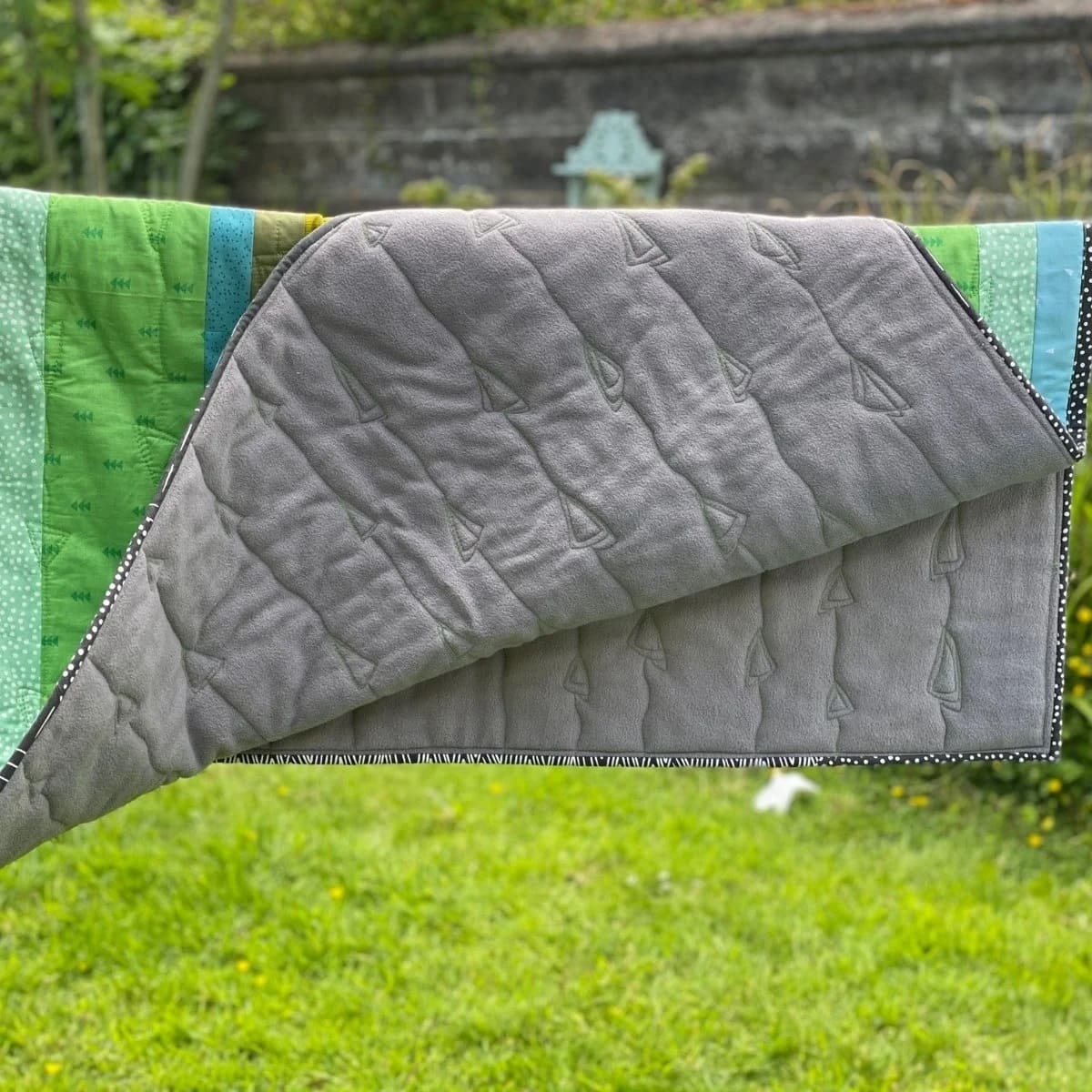

Articles
How Much Backing Is Needed For A Quilt
Modified: February 24, 2024
Discover the essential articles on how much backing is needed for a quilt. Expert tips and insights to ensure your quilting project is a success.
(Many of the links in this article redirect to a specific reviewed product. Your purchase of these products through affiliate links helps to generate commission for Storables.com, at no extra cost. Learn more)
Introduction
When it comes to quilting, the backing fabric plays a crucial role in holding the entire quilt together. It provides structural support and serves as a background for the intricate quilt design. But how much backing is actually needed for a quilt?
The amount of backing required for a quilt can vary depending on several factors, including the size of the quilt, the desired drop length, and any additional design elements. Understanding these factors will help you determine the appropriate amount of backing fabric needed for your quilting project.
In this article, we will explore the concept of quilting backing and delve into the factors that influence the amount of backing required. We will also discuss standard backing sizes for different quilt sizes, provide tips for calculating the backing yardage, offer guidance on purchasing quilting backing fabric, and explore alternative options to traditional backing materials.
Whether you are a beginner or an experienced quilter, having a solid understanding of quilting backing will not only streamline your quilting process but also ensure that your final quilt is visually appealing and durable.
Key Takeaways:
- Understanding the amount of backing fabric needed for a quilt is crucial for a successful project. Factors such as quilt size, drop length, and seam allowance play a key role in accurately calculating the required backing yardage.
- When buying quilting backing fabric, consider the fabric width, quality, and pattern repeat to ensure the right choice. Exploring alternative options like flannel, minky, or custom printed fabric can add creativity and uniqueness to your quilting projects.
Understanding Quilting Backing
Quilting backing refers to the fabric that is used to cover the back of a quilt. It is typically a single piece of fabric that provides stability and support to the quilt. Backing fabric should be durable and have a tight weave to withstand the wear and tear of everyday use, as it provides the foundation for the quilt top.
For quilts that will be frequently used or washed, it is important to select a backing fabric that can withstand repeated laundering without excessive shrinkage or fading. Quilting cotton is the most commonly used fabric for backing due to its durability and wide variety of prints and colors available.
When choosing the backing fabric, consider the color and design that will complement the quilt top. The fabric should not overpower the front of the quilt but rather enhance and showcase the quilt design. Solids, small prints, or tone-on-tone fabrics are popular choices for backing as they provide a neutral backdrop for the quilt top.
It is also crucial to ensure that the backing fabric is wide enough to cover the entire quilt top, with some extra margin for seam allowances. The backing fabric should be at least a few inches larger than the quilt top on all sides to allow for the quilting process and any potential shifting or shrinking during washing.
Understanding and selecting the right quilt backing is essential for achieving a well-balanced and visually appealing finished quilt. The next section will explore the factors that determine the amount of backing needed for a quilt.
Factors that Determine the Amount of Backing Needed
Several factors come into play when determining the amount of backing fabric needed for a quilt. These factors include:
- Quilt Size: The size of the quilt is a primary factor in determining the amount of backing fabric needed. Larger quilts, such as queen or king-size quilts, will require more backing fabric compared to smaller quilts like baby or lap quilts.
- Quilt Drop Length: The drop length refers to the amount of backing fabric that extends beyond the quilt top on all sides. It is a personal preference and can vary from quilt to quilt. A longer drop length will require more backing fabric.
- Seam Allowance: It is important to consider the seam allowance when calculating backing fabric requirements. Seam allowances typically range from ¼ inch to ½ inch. You need to account for this extra fabric when determining the size of backing fabric needed.
- Quilting Design: The quilt’s desired quilting design can also impact the amount of backing fabric needed. Dense and intricate quilting styles, such as stippling or custom quilting, may require additional backing fabric to ensure proper coverage and stability.
By taking these factors into account, you can calculate the appropriate amount of backing fabric needed for your specific quilt project. The next section will discuss standard backing sizes for different quilt sizes, which can serve as a helpful guideline when determining the required yardage of fabric.
Standard Backing Sizes for Different Quilt Sizes
When it comes to determining the size of backing fabric needed for a quilt, there are some general guidelines and standard sizes that can be followed. These standard backing sizes help ensure that the quilt is properly covered and allows for a suitable drop length. Here are the standard backing sizes for different quilt sizes:
- Baby Quilt: For a baby quilt measuring approximately 36 x 52 inches, the recommended backing size is around 44 x 60 inches. This allows for a sufficient drop length and accounts for seam allowances.
- Lap Quilt: A lap quilt measuring about 50 x 65 inches requires a backing fabric size of around 58 x 74 inches. This size provides ample coverage and allows for quilting and finishing.
- Twin Quilt: For a twin-size quilt measuring approximately 66 x 88 inches, the suggested backing size is about 74 x 96 inches. This allows for a comfortable drop length and accounts for any quilting and binding requirements.
- Full/Double Quilt: A full/double-size quilt measuring around 84 x 88 inches typically requires a backing fabric size of about 92 x 96 inches. This provides enough fabric to cover the entire quilt top and allows for proper quilting and finishing.
- Queen Quilt: For a queen-size quilt measuring around 90 x 95 inches, the recommended backing size is approximately 98 x 102 inches. This size allows for a suitable drop length and accounts for any additional quilting or binding needs.
- King Quilt: A king-size quilt measuring approximately 108 x 95 inches requires a backing fabric size of about 116 x 102 inches. This provides adequate coverage and allows for proper finishing and quilting.
These standard backing sizes can serve as a useful starting point when determining the required yardage of backing fabric for your quilt. However, it’s important to remember that these sizes are approximate and can vary based on individual preferences and design elements.
Now that we have discussed standard backing sizes, let’s move on to the next section where we will delve into the process of calculating the backing yardage for your quilt.
When determining how much backing is needed for a quilt, add 8 inches to both the length and width of the quilt top to allow for quilting and binding. This extra fabric will ensure you have enough to work with during the quilting process.
Calculating the Backing Yardage
Calculating the backing yardage is an essential step in planning for your quilt project. By accurately determining the amount of backing fabric needed, you can avoid running out of fabric or purchasing too much excess fabric. Here is a step-by-step guide to help you calculate the backing yardage:
- Measure the Quilt Top: Begin by measuring the length and width of your quilt top. Take note of these measurements in inches.
- Add the Drop Length: Decide on the desired drop length and add this measurement to both the length and width of the quilt top. The drop length is the amount of fabric that extends beyond the quilt top on all sides.
- Add the Seam Allowance: Determine the desired seam allowance and add this measurement to both the length and width of the quilt top, including the drop length. The seam allowance is the extra fabric needed for joining the quilt top and backing fabric.
- Convert to Yards: Convert the total measurement in inches to yards by dividing it by 36. Round up to the nearest whole number to ensure you have enough fabric.
- Consider Pattern Repeat: If your chosen backing fabric has a pattern with a repeat, you may need to purchase additional yardage to match up the pattern correctly.
- Account for Shrinkage: If you plan to pre-wash your backing fabric, it may shrink. Consider adding a bit of extra yardage to account for potential shrinkage.
Following these steps will give you a good estimate of the amount of backing fabric yardage required for your quilt. It’s always a good idea to purchase a little more fabric than you anticipate needing to allow for any adjustments or errors.
Next, let’s explore some helpful tips for buying quilting backing fabric.
Read more: How Much Fabric Is Needed For A Quilt
Tips for Buying Quilting Backing Fabric
When it comes to buying quilting backing fabric, there are a few tips to keep in mind to ensure you make the right choice. Here are some helpful tips for purchasing quilting backing fabric:
- Consider the Fabric Width: Pay attention to the width of the backing fabric. Most quilting cotton is typically 42 to 44 inches wide, but you can also find wider options. A wider fabric width allows for more flexibility and may require less seam sewing.
- Match Quilt Design: Select a backing fabric that complements the design and colors of your quilt top. Consider the theme, style, and overall aesthetic you want to achieve. Solids or tone-on-tone fabrics are versatile options that work well with various quilt designs.
- Check for Quality: Make sure to choose a high-quality fabric that is durable and has a tight weave. The backing fabric should be able to withstand regular use and washing without excessive shrinkage or fading.
- Plan for Pattern Repeat: If your chosen backing fabric has a distinct pattern that repeats, check the fabric label or ask the seller about the pattern repeat. This will help you determine how much extra fabric you may need to ensure the pattern aligns properly.
- Consider Batting Thickness: If you plan to use a thick batting for your quilt, keep in mind that it may affect the drape and fullness of your quilt. It’s a good idea to take the batting thickness into account when purchasing the backing fabric to ensure it is suitable for your desired finished quilt.
- Buy Extra Fabric: It’s always a wise decision to purchase slightly more backing fabric than you think you need. This allows for any errors, adjustments, or unforeseen circumstances that may arise during the quilting process. Having extra fabric also ensures that you have enough for the binding or any additional projects you may have in mind.
Following these tips will help you make an informed decision when buying quilting backing fabric. Remember to consider the specific needs and design of your quilt to choose a fabric that enhances its overall appearance and durability.
Now, let’s explore alternative options to traditional quilting backing.
Alternatives to Traditional Quilting Backing
While quilting cotton is the most commonly used fabric for backing quilts, there are several alternative options that can add variety and creativity to your quilting projects. Here are some alternatives to traditional quilting backing:
- Flannel: Flannel fabric is a popular choice for quilting backing, especially for cozy and warm quilts. It provides a soft and plush feel and can be an excellent option for quilts intended for colder climates or winter seasons.
- Minky: Minky fabric is a luxurious and soft fabric with a plush texture, similar to baby blankets. It adds a touch of luxury and can bring extra comfort to your quilt. Minky backing is particularly popular for baby quilts and blankets.
- Sheeting: Sheets can be repurposed as backing fabric for quilts. Many bed sheets are made from durable and soft materials, making them a cost-effective choice for quilt backing. Look for sheets in solid colors or subtle patterns to complement your quilt design.
- Denim: Denim fabric can create a unique and durable backing for quilts, especially for quilts with a rustic or denim-themed design. Consider using old denim jeans or repurposing denim fabric for a distinctive and textured backing option.
- Batik Prints: Batik fabrics, known for their vibrant colors and intricate designs, can be a stunning alternative to traditional backing fabric. Batiks add a touch of elegance and uniqueness to your quilt, making them a great choice for quilts with a more artistic or bohemian style.
- Custom Printed Fabric: With digital printing services, you can have your own designs or favorite images printed onto fabric to create a truly personalized backing for your quilt. This option allows for endless creative possibilities and makes your quilt truly one of a kind.
These alternatives offer versatility and can give your quilt a distinctive look and feel. Consider the theme, purpose, and style of your quilt when exploring these options to find the perfect backing fabric for your project.
Now that we have covered alternative backing options, let’s conclude our article with a brief summary.
Conclusion
Understanding the amount of backing fabric needed for a quilt is essential for a successful quilting project. By considering factors such as quilt size, drop length, seam allowance, and quilting design, you can accurately calculate the backing yardage required.
Standard backing sizes provide helpful guidelines for different quilt sizes, ensuring proper coverage and drop length. However, it’s important to customize these sizes based on individual preferences and design elements.
When buying quilting backing fabric, remember to consider the fabric width, quality, pattern repeat, and compatibility with the quilt design. Purchasing extra fabric is always a wise decision to account for any adjustments or errors that may occur during the quilting process.
Exploring alternative options to traditional quilting backing, such as flannel, minky, sheeting, denim, batik prints, or custom printed fabric, can add creativity and uniqueness to your quilts.
By following these guidelines, you can ensure that your quilt is not only structurally sound but also visually appealing. Whether you’re a seasoned quilter or a beginner, understanding quilting backing and making informed choices will contribute to the success of your quilting projects.
So, go ahead and confidently select the perfect backing fabric for your next quilting adventure, knowing that you have the knowledge and understanding to create a stunning and functional quilt!
Frequently Asked Questions about How Much Backing Is Needed For A Quilt
Was this page helpful?
At Storables.com, we guarantee accurate and reliable information. Our content, validated by Expert Board Contributors, is crafted following stringent Editorial Policies. We're committed to providing you with well-researched, expert-backed insights for all your informational needs.
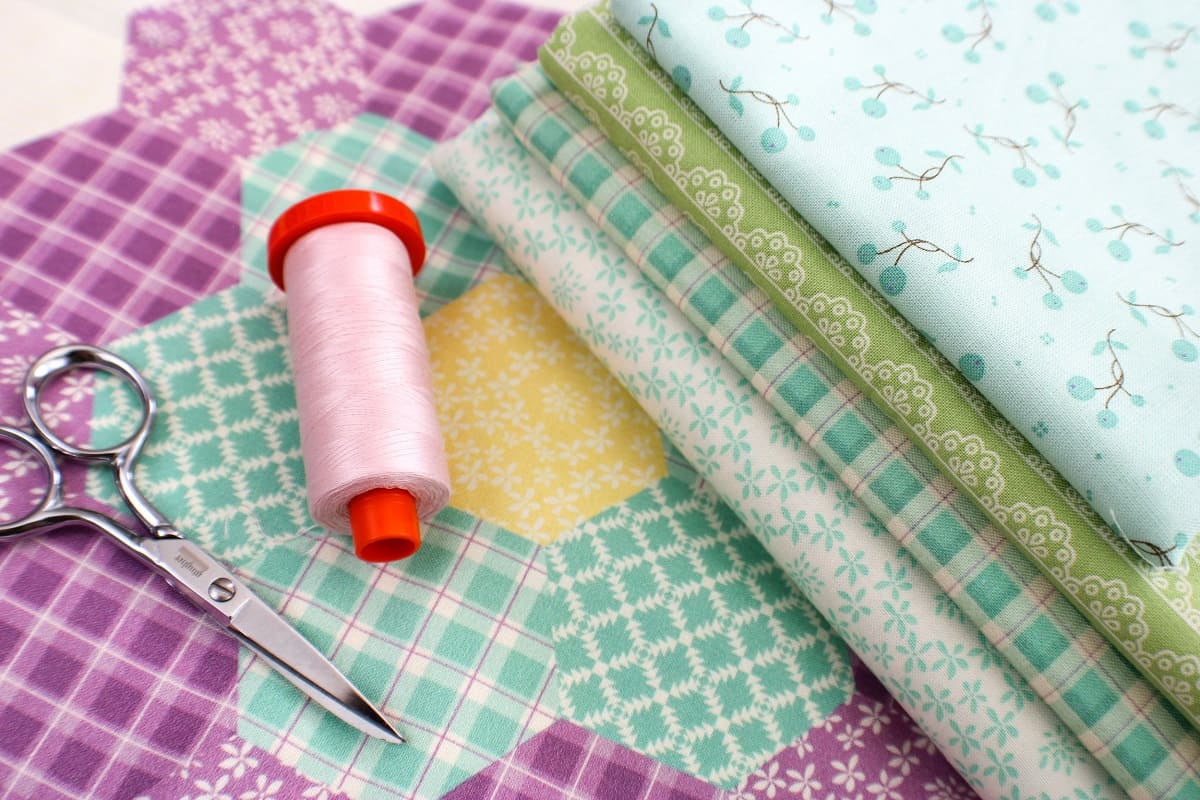
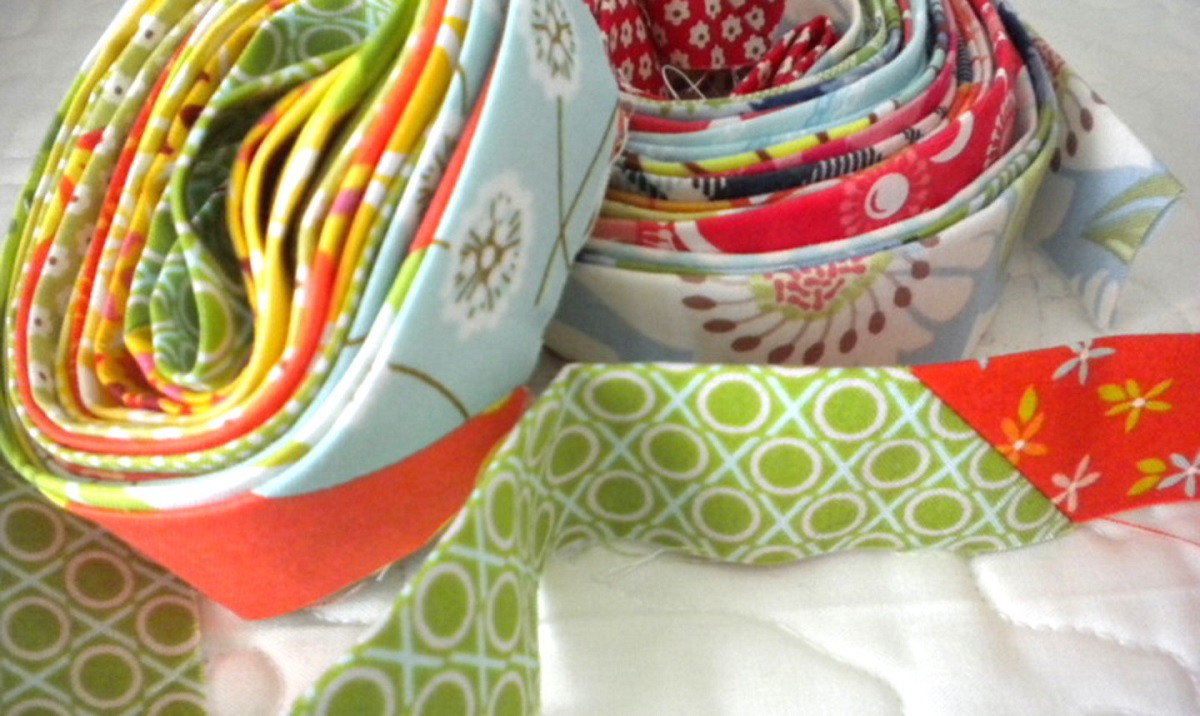
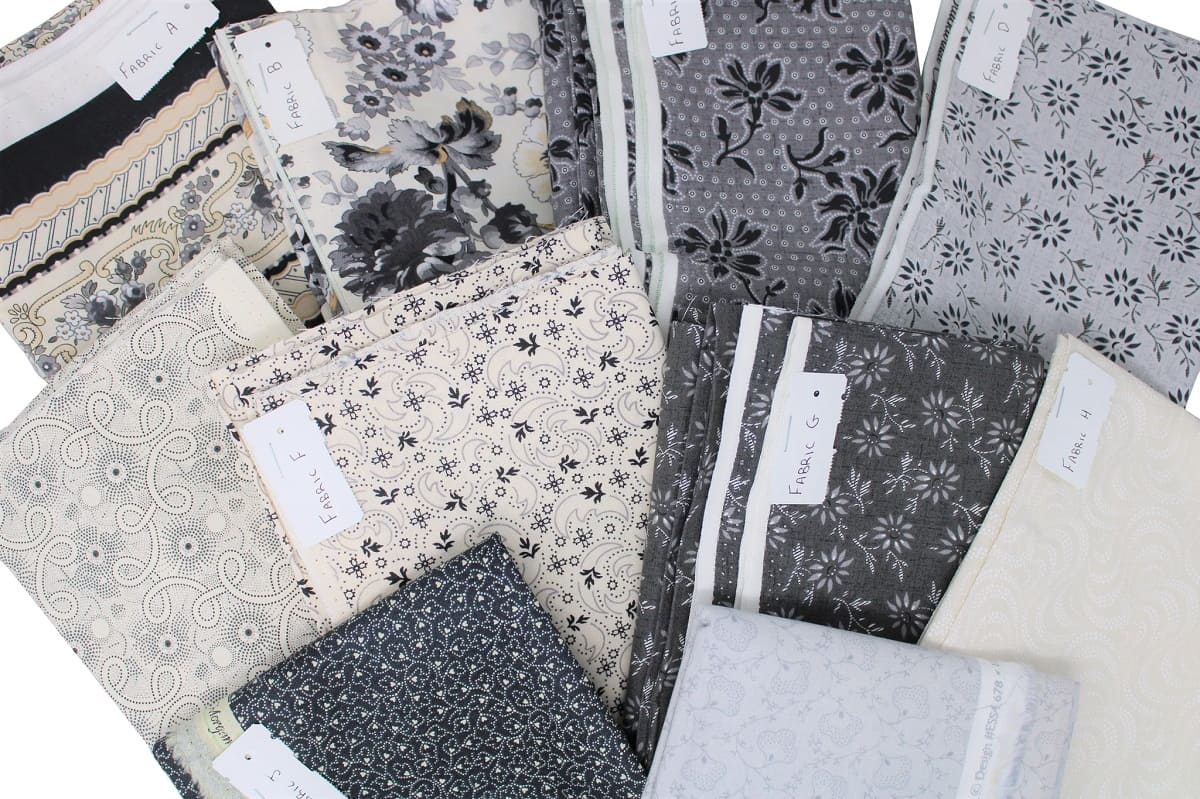
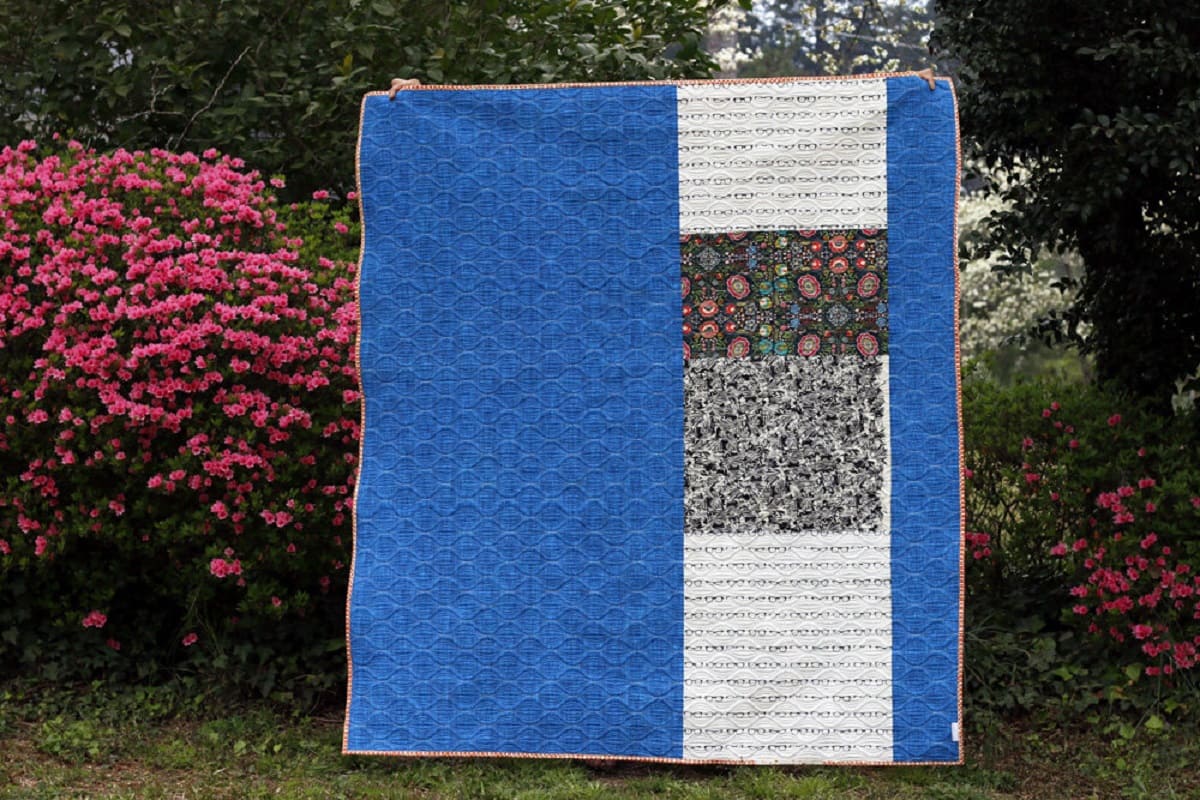
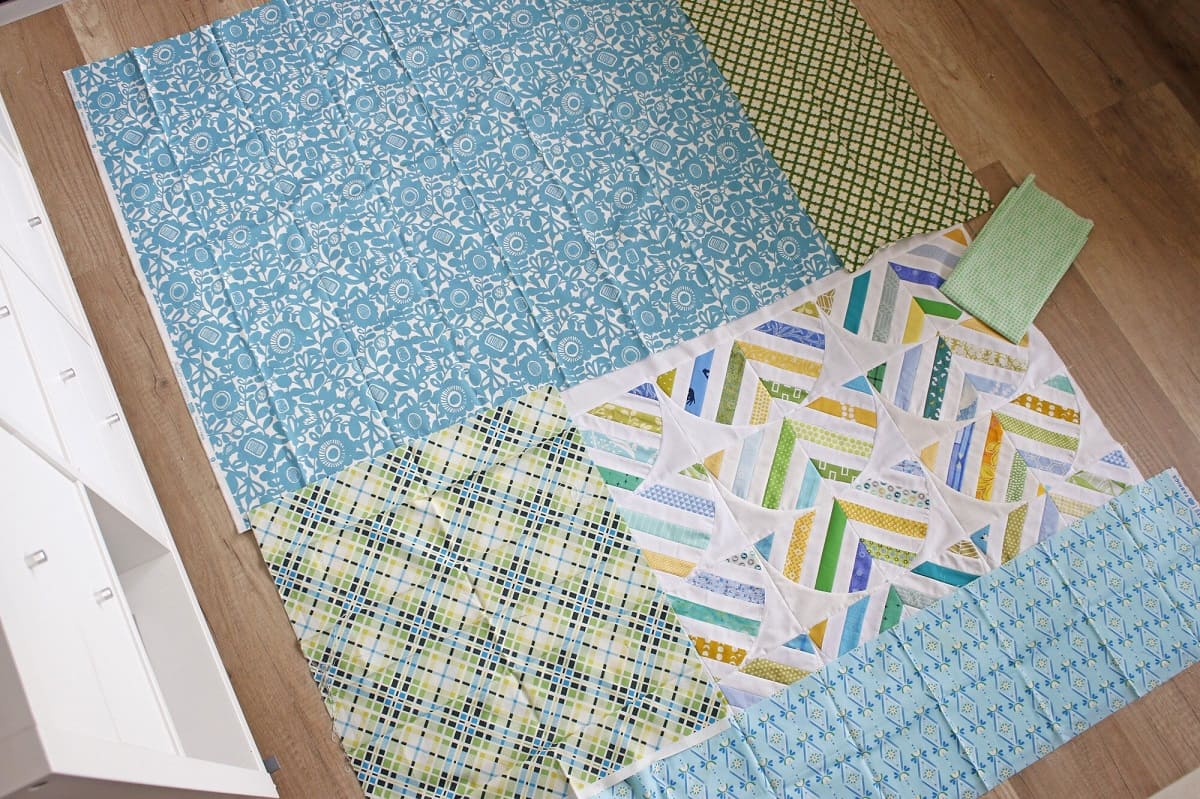
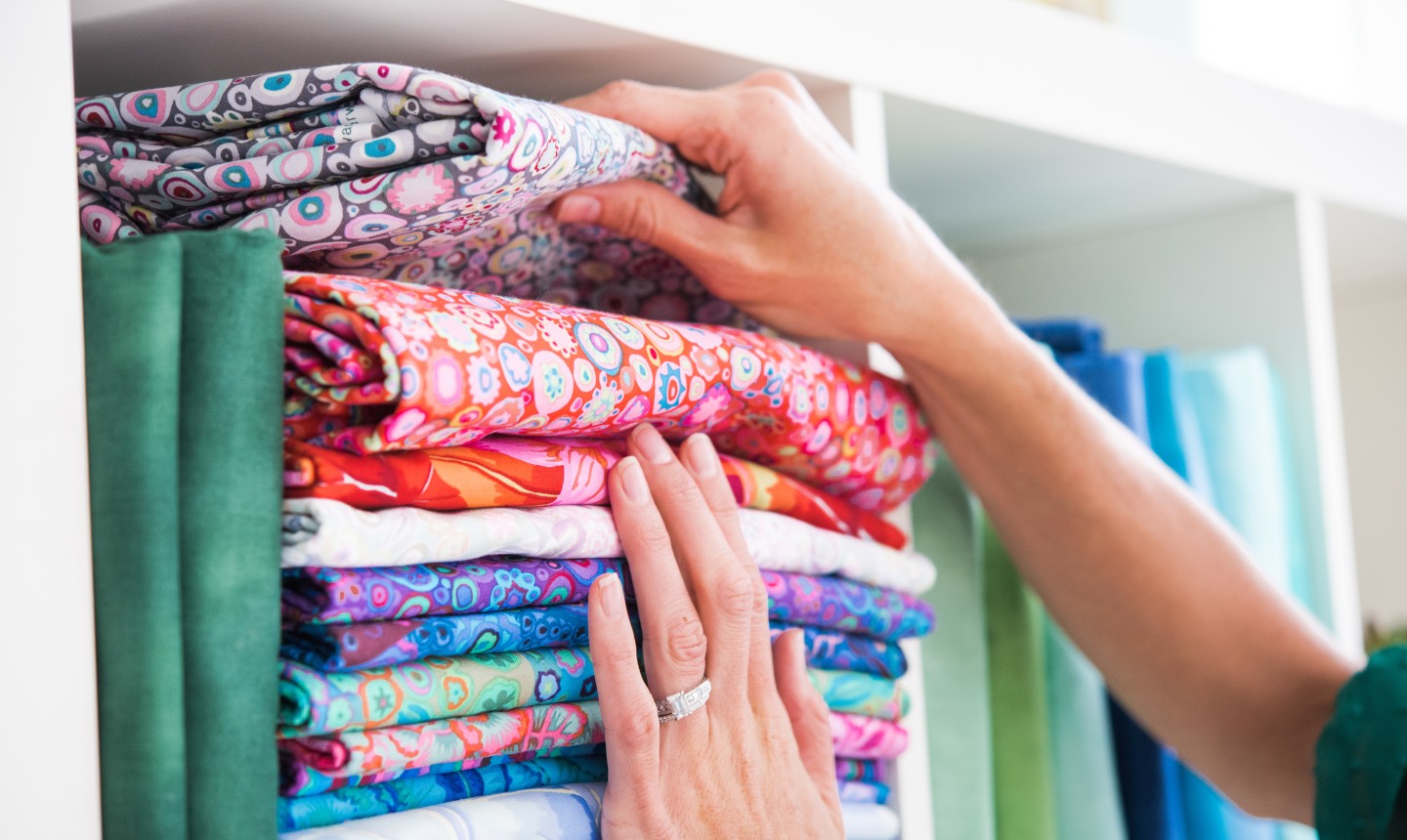
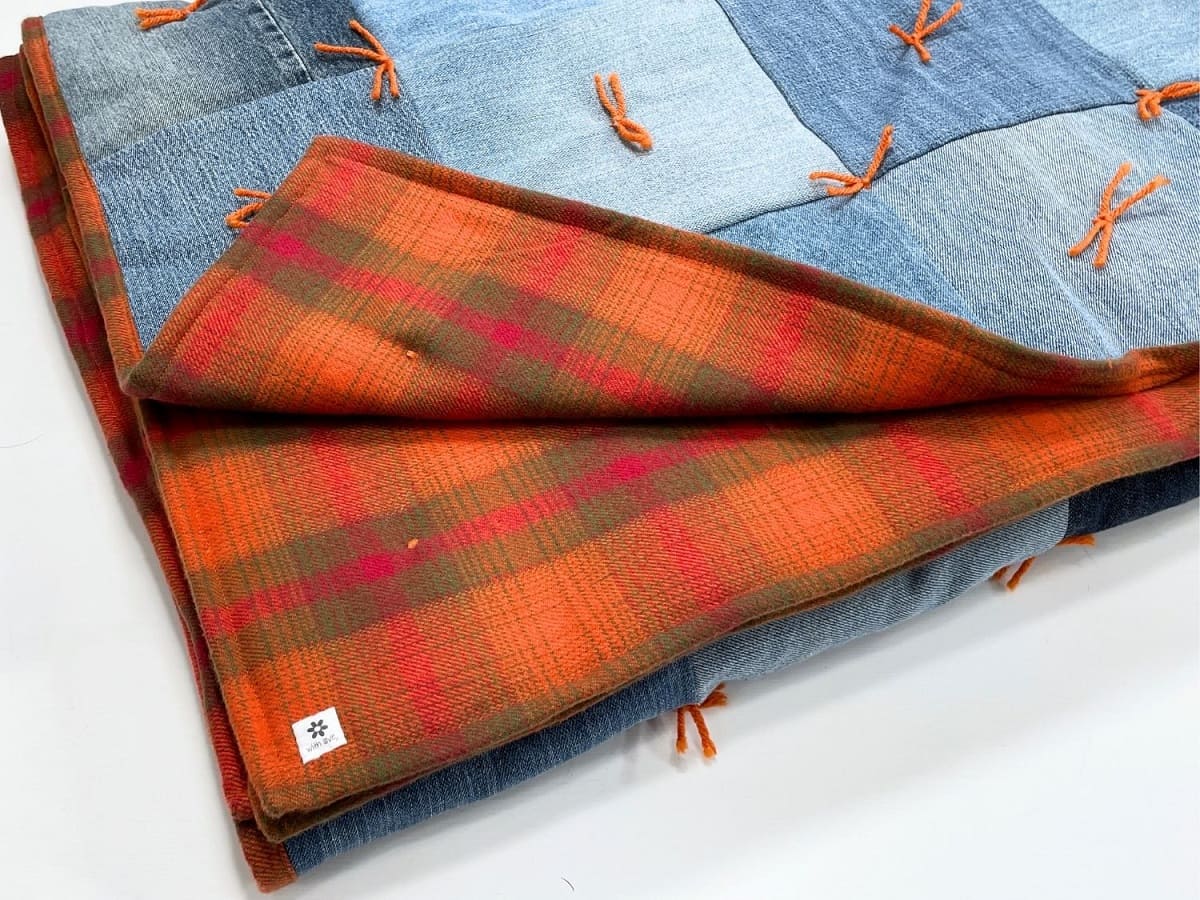
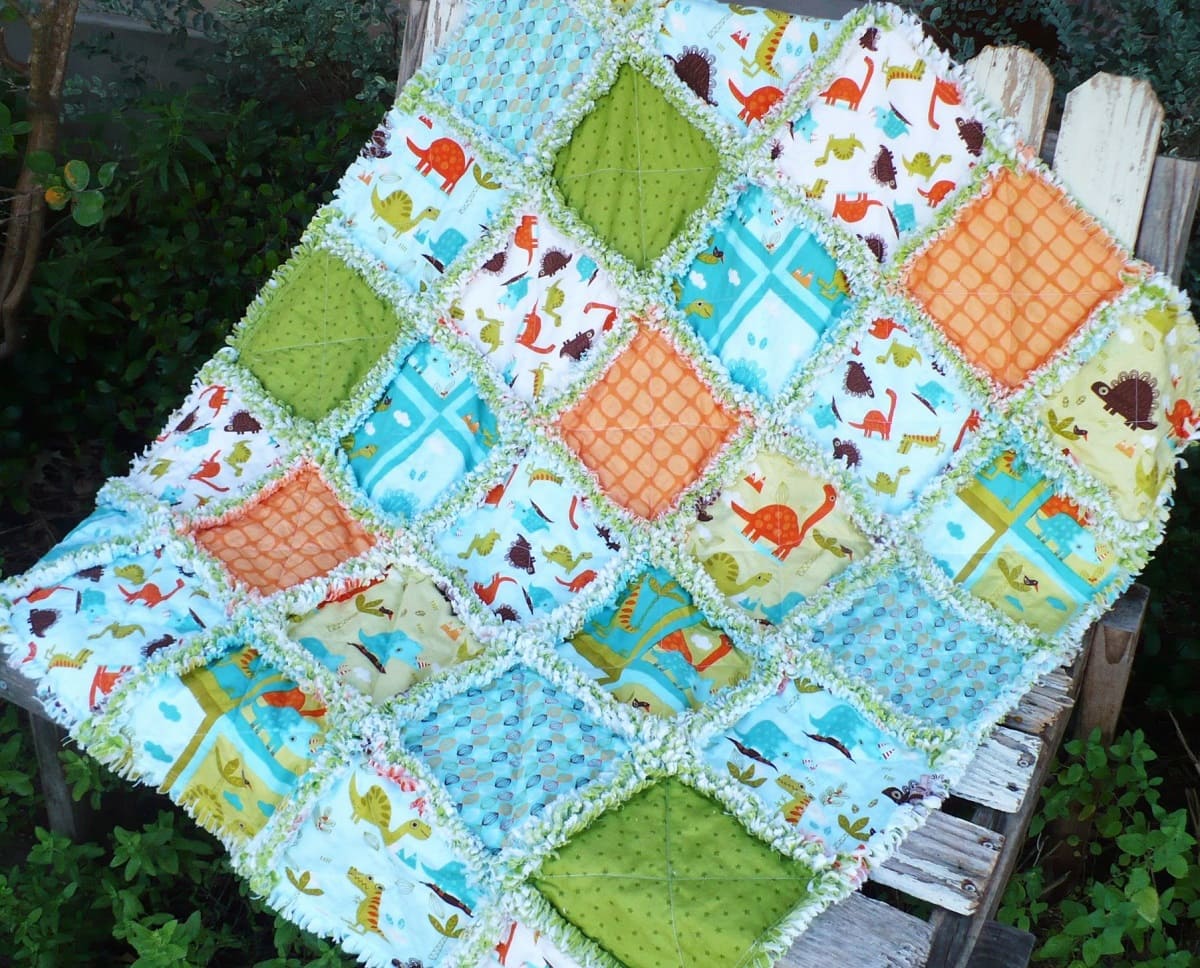
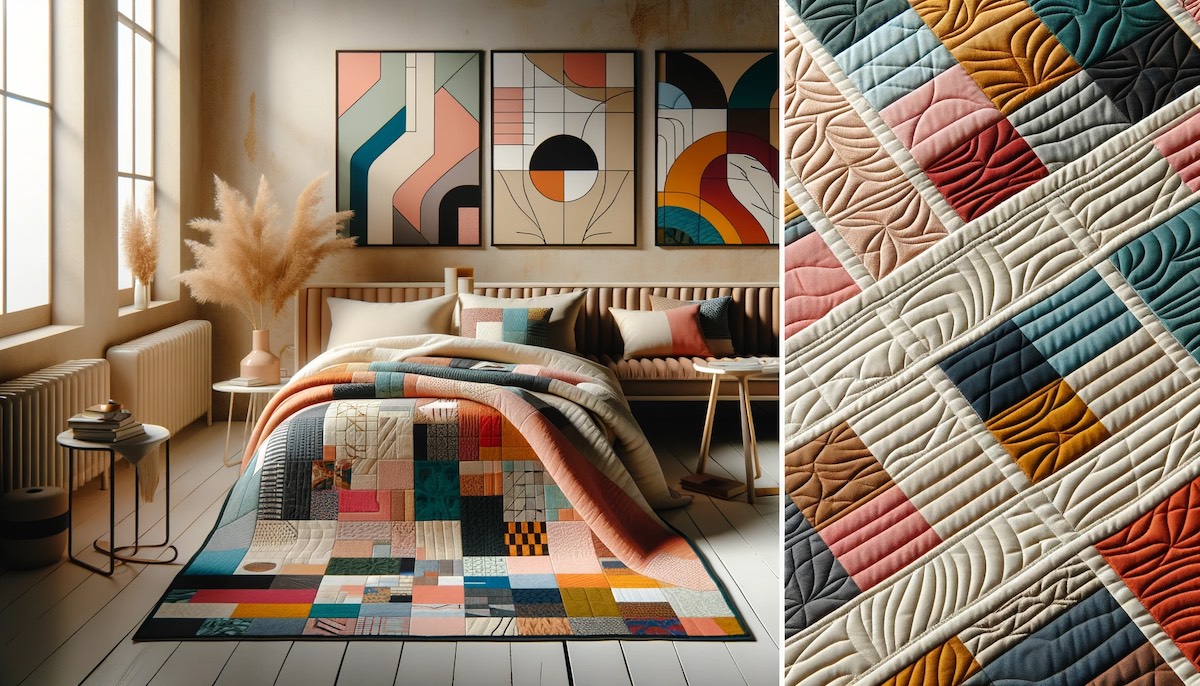
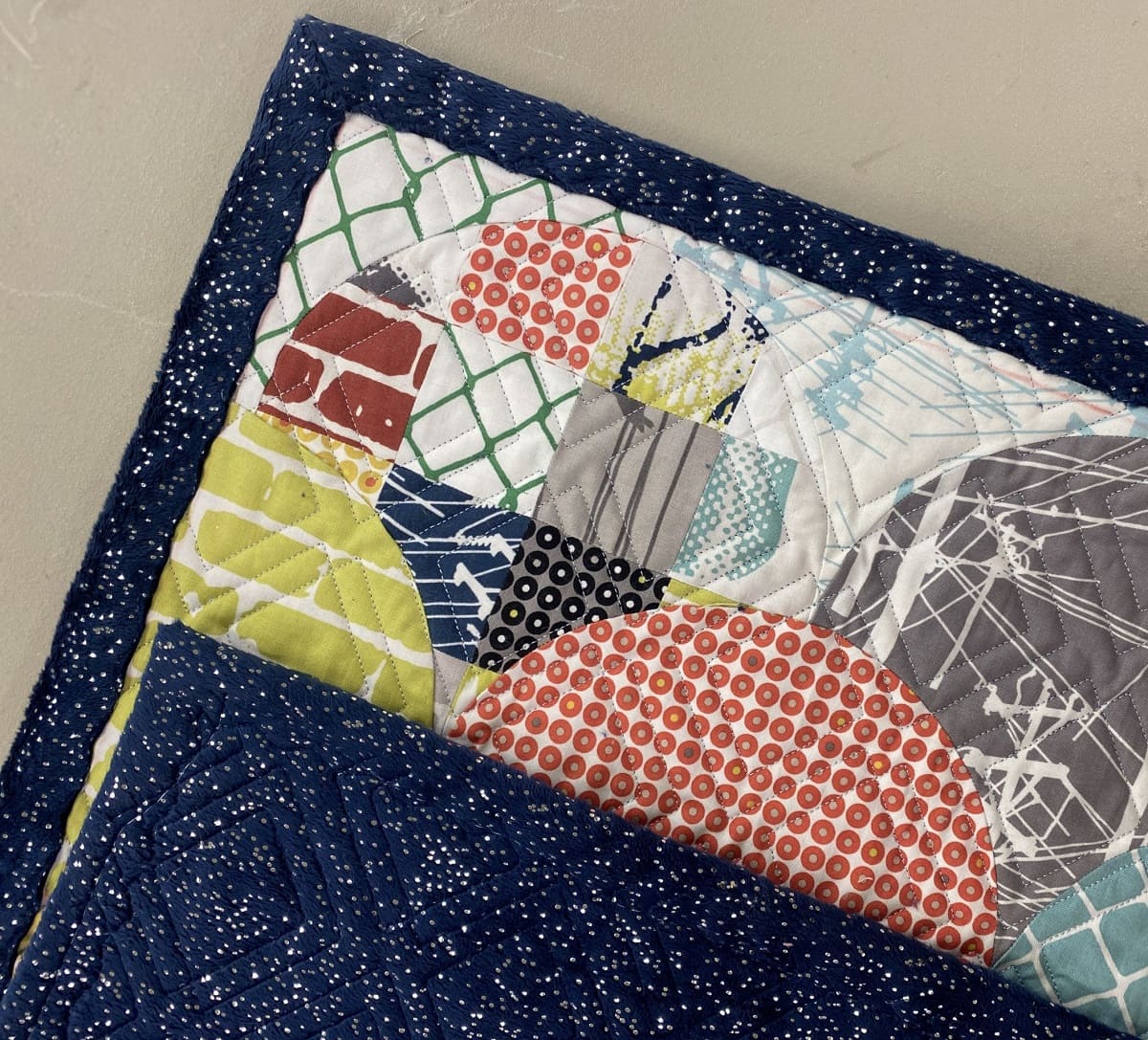
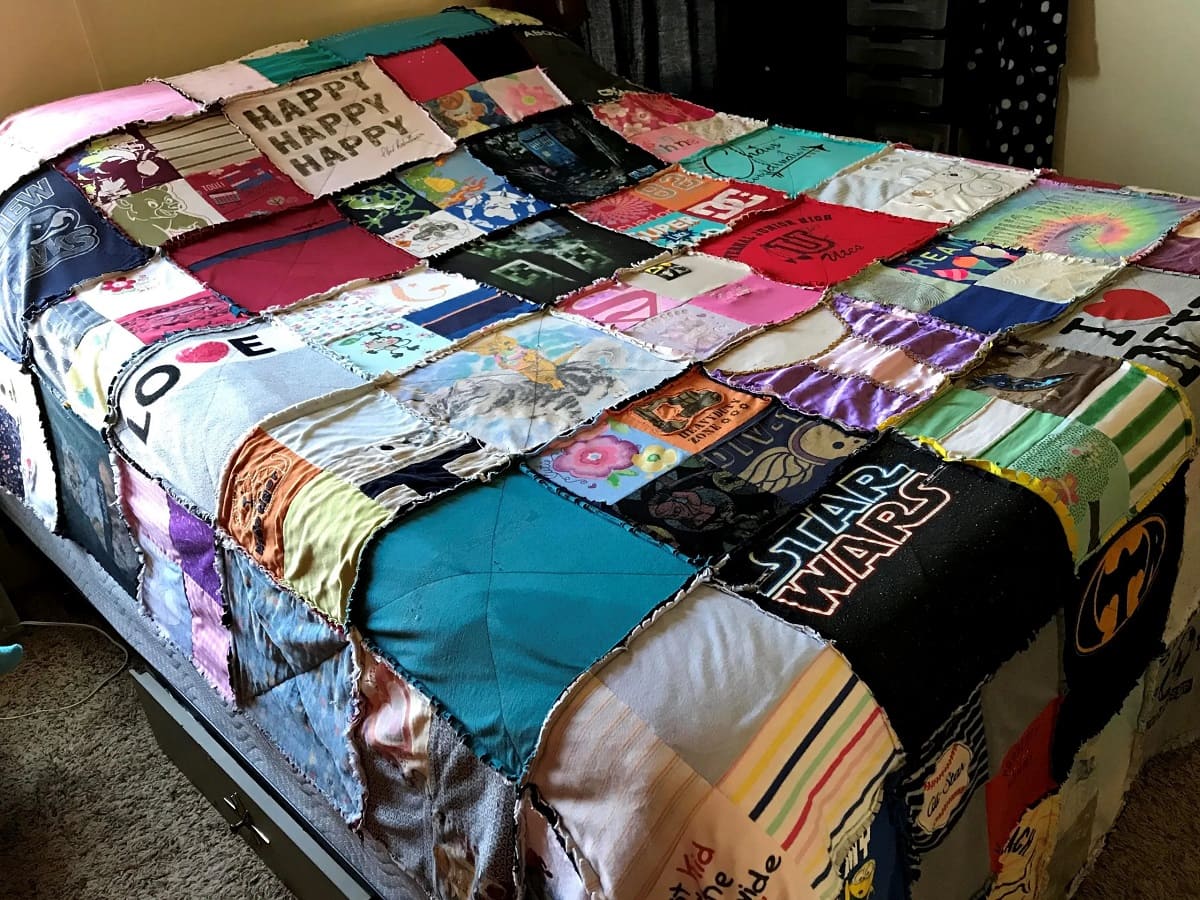
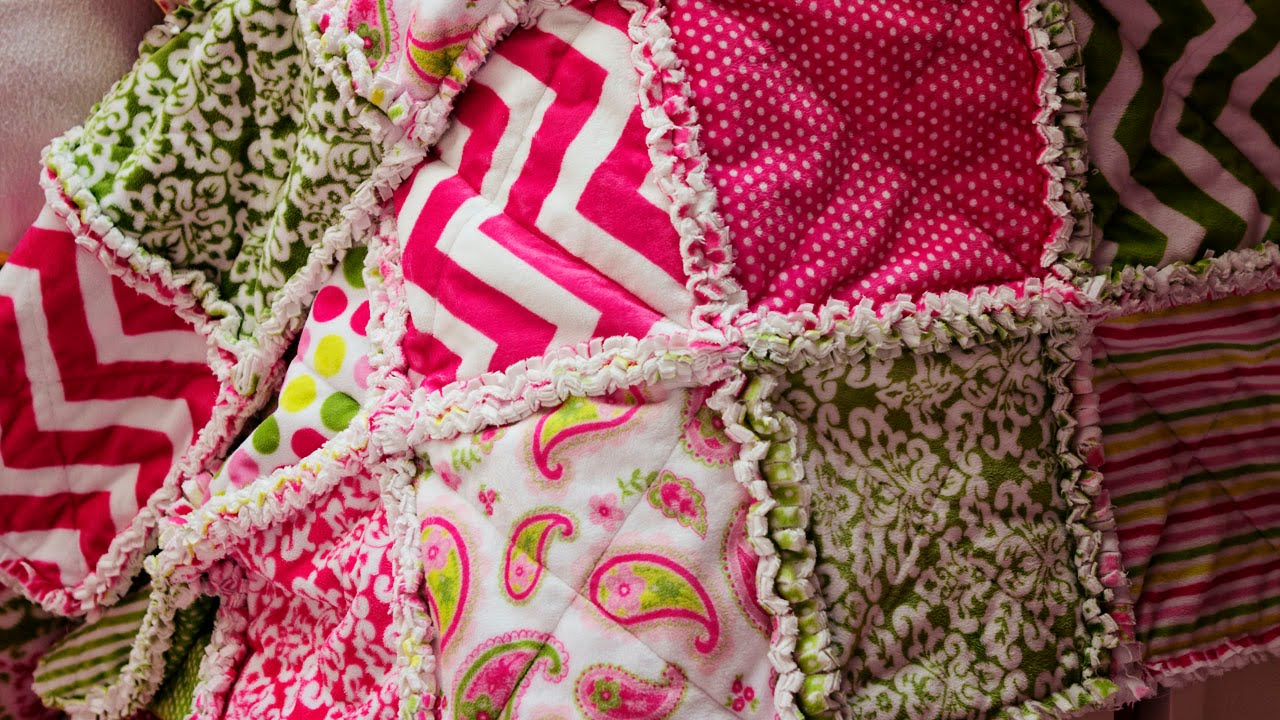
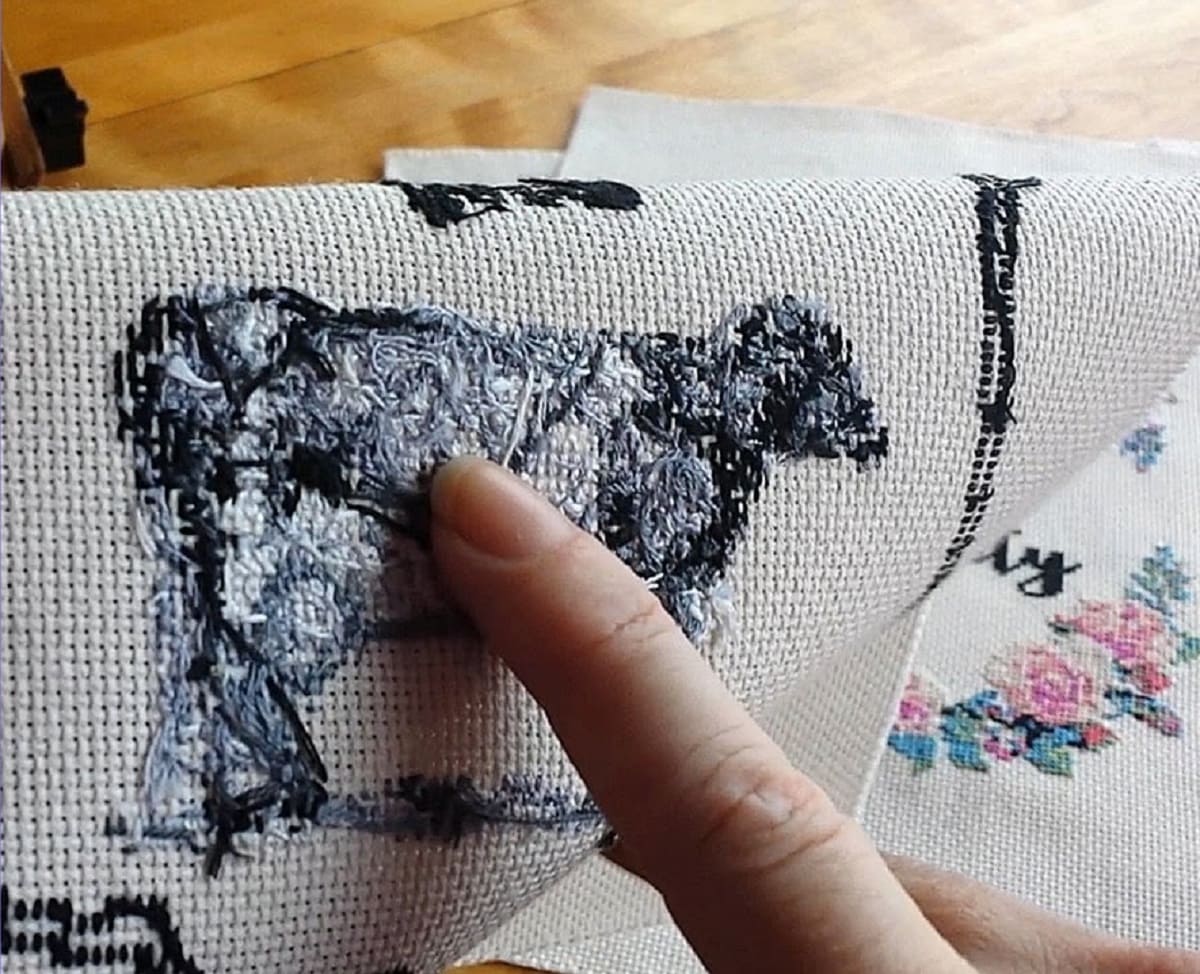
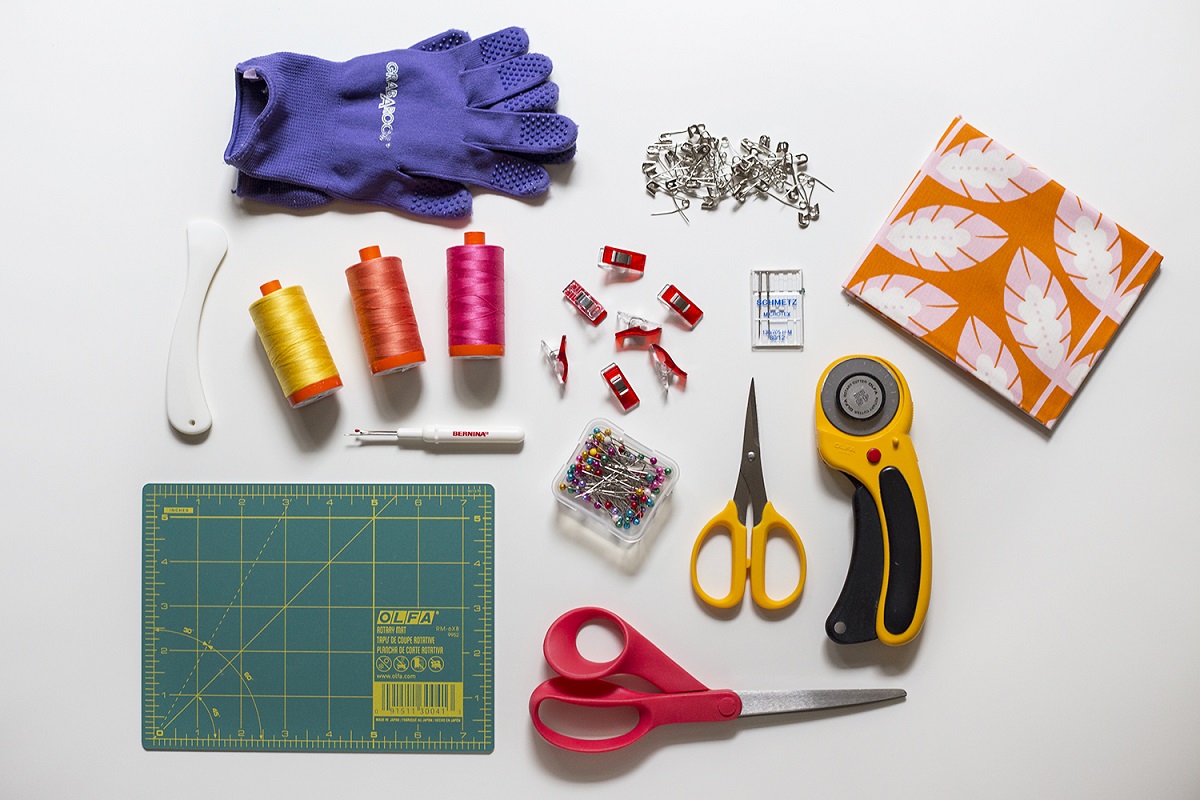

0 thoughts on “How Much Backing Is Needed For A Quilt”